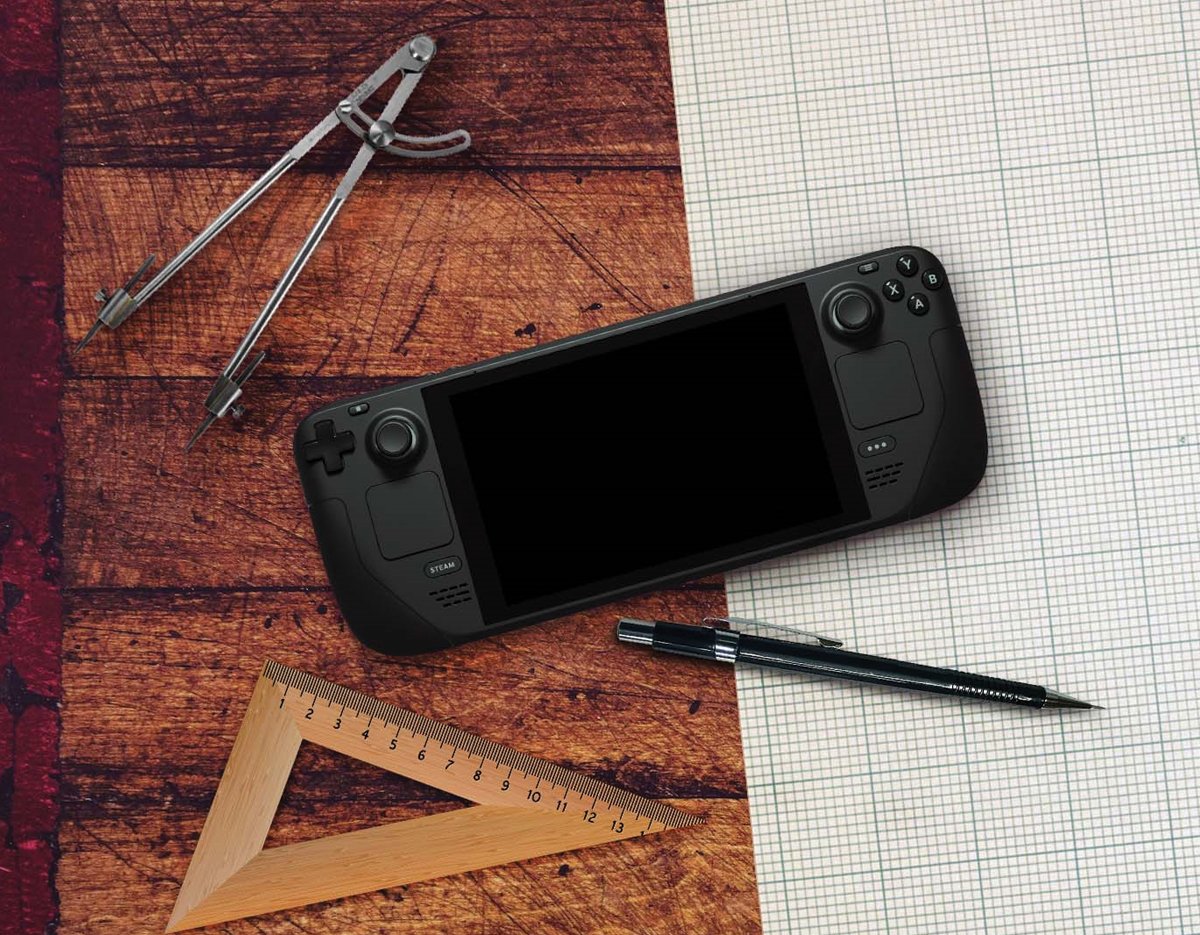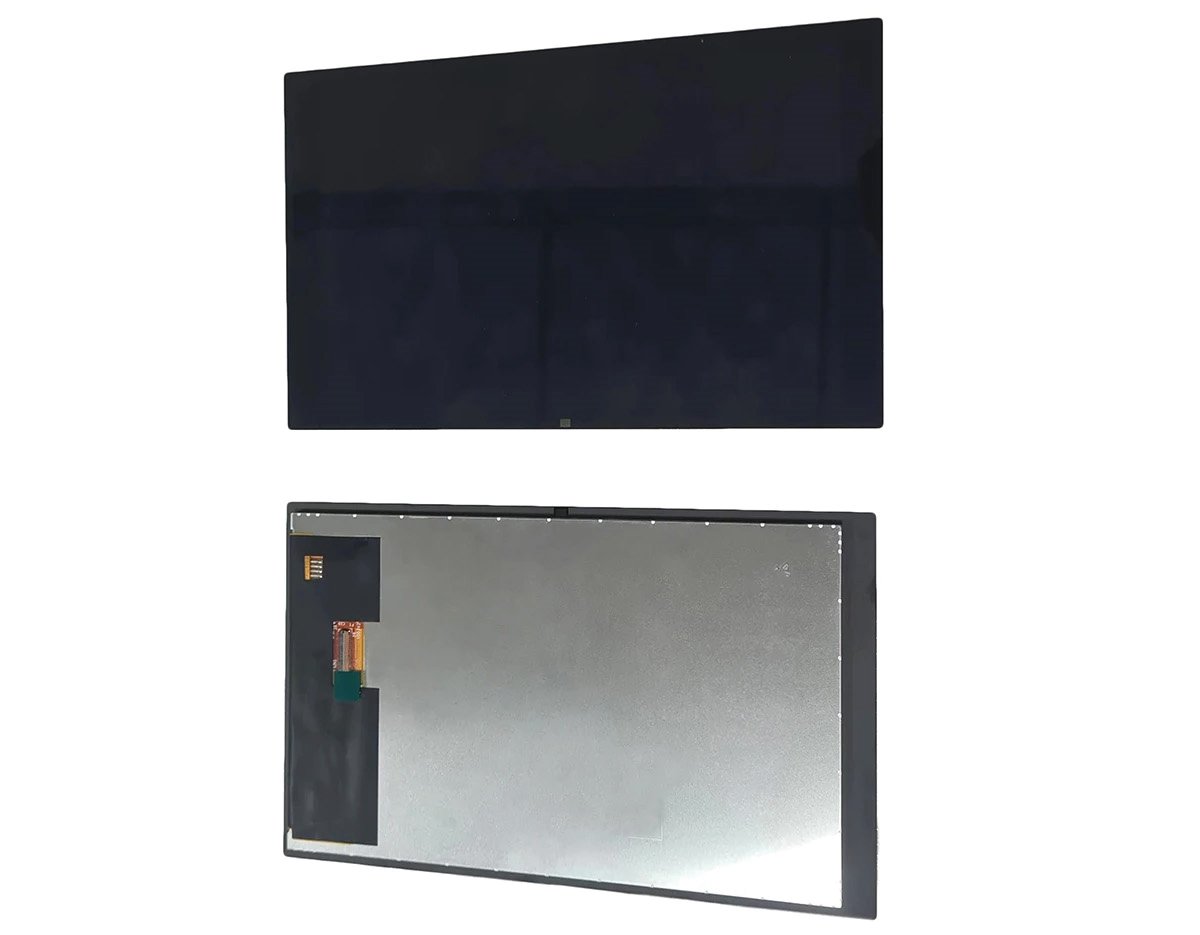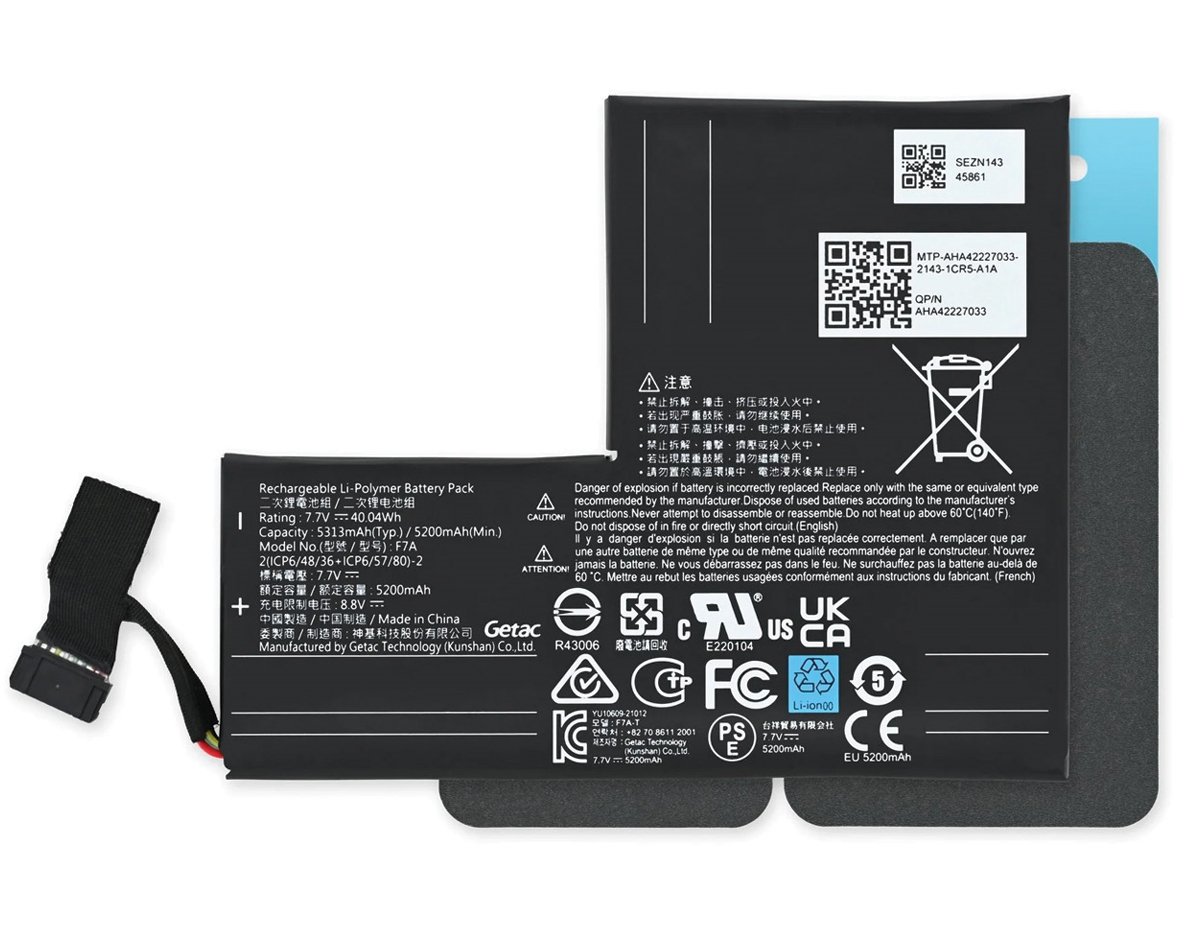Handheld gaming has come a long way since Nintendo launched the Game Boy back in 1989. Black-and-white LCD displays have slowly given way to full-color HD screens while games’ scale and technical power have equally expanded.

In 2022, we finally reached the Gaming Singularity. With the launch of Valve’s Steam Deck, players finally had the opportunity to play their entire PC game catalog on the go at any time with remarkably good performance.
While the Steam Deck is a truly impressive piece of hardware, there’s always room for improvement. So far, Valve has been pretty tight-lipped about what exactly they’re planning, and while we do know that there will be a Steam Deck 2, we shouldn’t expect it any time soon.
Valve’s Pierre-Loup Griffais went on the record stating that we wouldn’t be getting anything until at least 2025, stating, “[C]hanging the performance level is not something we are taking lightly, and we only want to do so when there is a significant enough increase to be had.”
So, with at least a few years of waiting and no word from Valve, everything is pure speculation. But that doesn’t mean that there isn’t room to dream. Here’s what we’d love to see on the Steam Deck 2.
Bigger. Brighter. Sharper.
The Steam Deck’s screen is a modest 7-inch LCD screen with a resolution of 1280×800. That’s…fine. It’s certainly more than adequate for most gaming but it’s objectively worse than the vast majority of modern smartphones with OLED screens and some even providing native 4K.
While the Steam Deck can output 4K video to a monitor, its somewhat low-end hardware will seriously struggle to get games running at anything higher than 800p. And even if you do, the screen won’t be able to keep up.
Now, do we really need 4k gaming on a 7-inch screen? Technically, no, but there’s no reason that we can’t get a nice OLED like the recently upgraded Nintendo Switch, which is why we got a fairly quick follow-up in the form of the Steam Deck OLED refresh.

There’s a reason that so many handheld devices have made the switch to OLED; the massively increased contrast is ideal for smaller screens where real estate is at a premium, while the reduced power consumption leads to more screen time between charges.
You could argue that a bigger screen is necessary for web games, but then again, this is not what Steam Deck is made for.
So, will we get an OLED screen on the Steam Deck 2? Well, since the Steam Deck OLED already has it, we’re 100% that some iteration of the Steam Deck 2 will have it (or even all of them), and in the same interview mentioned above, Pierre-Loup Griffais gave some insight:
“[I]n reality, the screen’s at the core of the device. Everything is anchored to it. Basically, everything is architected around everything when you’re talking about a device that small.”
“I think it would be a bigger amount of work than people are assuming it would be. […] I don’t think we’re discounting anything. But the idea that you could just swap in a new screen and be done—it would need more than that to be doable.”
Gaming for Everyone
Accessibility in gaming has been a hot trend in recent years and many game devs are going out of their way to include options tailored to a wide range of disabilities. Things like audio descriptions, custom key-binding, and visual highlights are becoming more and more the standard. But even players with no form of impairment have complained about certain aspects of the Steam Deck.
For starters, the text on the screen can be absolutely tiny, again proving our earlier remark about the screen size, where playing on something like a browser-based mobile casino platform will probably get you into squint mode as you try to track that white ball jumping around the roulette wheel or deciphering if the card in hand is a club or a spade.
Even those with 20/20 vision have griped the lack of text size adjustment. Granted, this isn’t a problem unique to the Steam Deck or web games in particular. Many PC titles simply do not allow the size of the text to be adjusted (even if they do, the level of increase is either not enough, or many UI elements get crowded and become illegible), and this has been bothering gamers who want to play from their couch for years.
Ideally, we’ll see more and more developers implementing different layouts and view features, but some kind of in-built scaling on the Steam Deck 2 would be fantastic. Be it for proper standalone titles that need booting up, and even more in situations when you just leisurely want to jump into some slots or other web-build games, where opening up a new tab is more convenient for those quick plays.
Additionally, the Steam Deck is quite large, heavy, and not exactly ergonomic. Players with reduced motor skills have found it difficult to properly use the console for long periods of time. While the handheld does support third-party controllers like Microsoft’s Adaptive Controller, an attempt to make the form factor a little better would be quite nice.
A Better Battery

The number one problem that many people have with the Steam Deck is the rather short battery life. In theory, the console has a battery life of up to 8 hours. However, you’ll only get that if you’re in airplane mode, with the brightness all way down, and playing Minesweeper.
If you’re trying to play a more intensive game, the battery life is actually as little as 90 minutes. Likewise, replacing the battery is a real chore and not something that Valve recommends owners do.
Even if they can’t increase the battery life significantly (bigger batteries mean more weight), making them easily swappable seems like an obvious solution.
Learn from Others
The Steam Deck isn’t the only portable console out there. The Nintendo Switch has become the best-selling Nintendo console and is currently the third best-selling video game console of all time (behind the PlayStation 2 and Nintendo DS; both of which are off the market). Valve could certainly learn a few lessons from one of gaming’s oldest hardware manufacturers.
What kinds of lessons? Well, for starters, removable controllers would be amazing. While you can connect extra controllers easily enough via Bluetooth, it’s a cumbersome amount of extra tech to lug around. While the Switch’s JoyCons aren’t exactly the most reliable hardware out there, their versatility and compact form are incredible for a portable gaming device.
Additionally, Valve needs to commit to Deck’s successor being a gaming console first and foremost. A big part of the device’s marketing and design was based around it being a portable PC that ran games, but there’s no reason that the OS can’t be customized to focus more on gaming. After all, we’ve got powerful laptops, tablets, and smartphones that can all double as a budget PC in a pinch, there’s no need for a gaming console to try and pull double duty.
Lastly, an included Dock would be incredible. Yes, there are plenty of options out there, but for someone dropping $500, having to shell out an additional 100 bucks for the official Valve Dock is a tough pill to swallow.
Variety is the Spice of Life
I like hardware in the color black as much as the next person. It goes with everything and is unobtrusive. But it would be nice to get a choice of colors and designs.
People love making things their own and, while it’s easy enough to get custom third-party skins and wraps, having the option to buy one in a color of my choice would be great.










